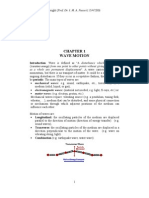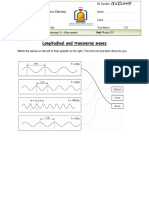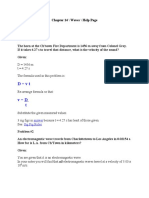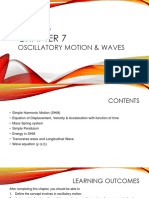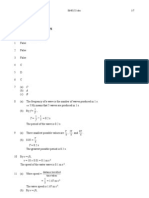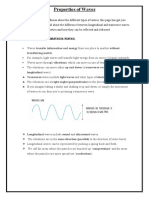0% found this document useful (0 votes)
12 views12 pagesPhysics Calculations Guide
The document is a guide for physics calculations covering topics such as waves, sound, and light. It includes formulas for calculating pulse speed, transverse wave speed, frequency, and energy of electromagnetic waves, along with examples for clarity. Key reminders emphasize the importance of using correct units, following formulas accurately, and verifying calculations.
Uploaded by
takalanimolaudzi41Copyright
© © All Rights Reserved
We take content rights seriously. If you suspect this is your content, claim it here.
Available Formats
Download as PDF or read online on Scribd
0% found this document useful (0 votes)
12 views12 pagesPhysics Calculations Guide
The document is a guide for physics calculations covering topics such as waves, sound, and light. It includes formulas for calculating pulse speed, transverse wave speed, frequency, and energy of electromagnetic waves, along with examples for clarity. Key reminders emphasize the importance of using correct units, following formulas accurately, and verifying calculations.
Uploaded by
takalanimolaudzi41Copyright
© © All Rights Reserved
We take content rights seriously. If you suspect this is your content, claim it here.
Available Formats
Download as PDF or read online on Scribd
/ 12









